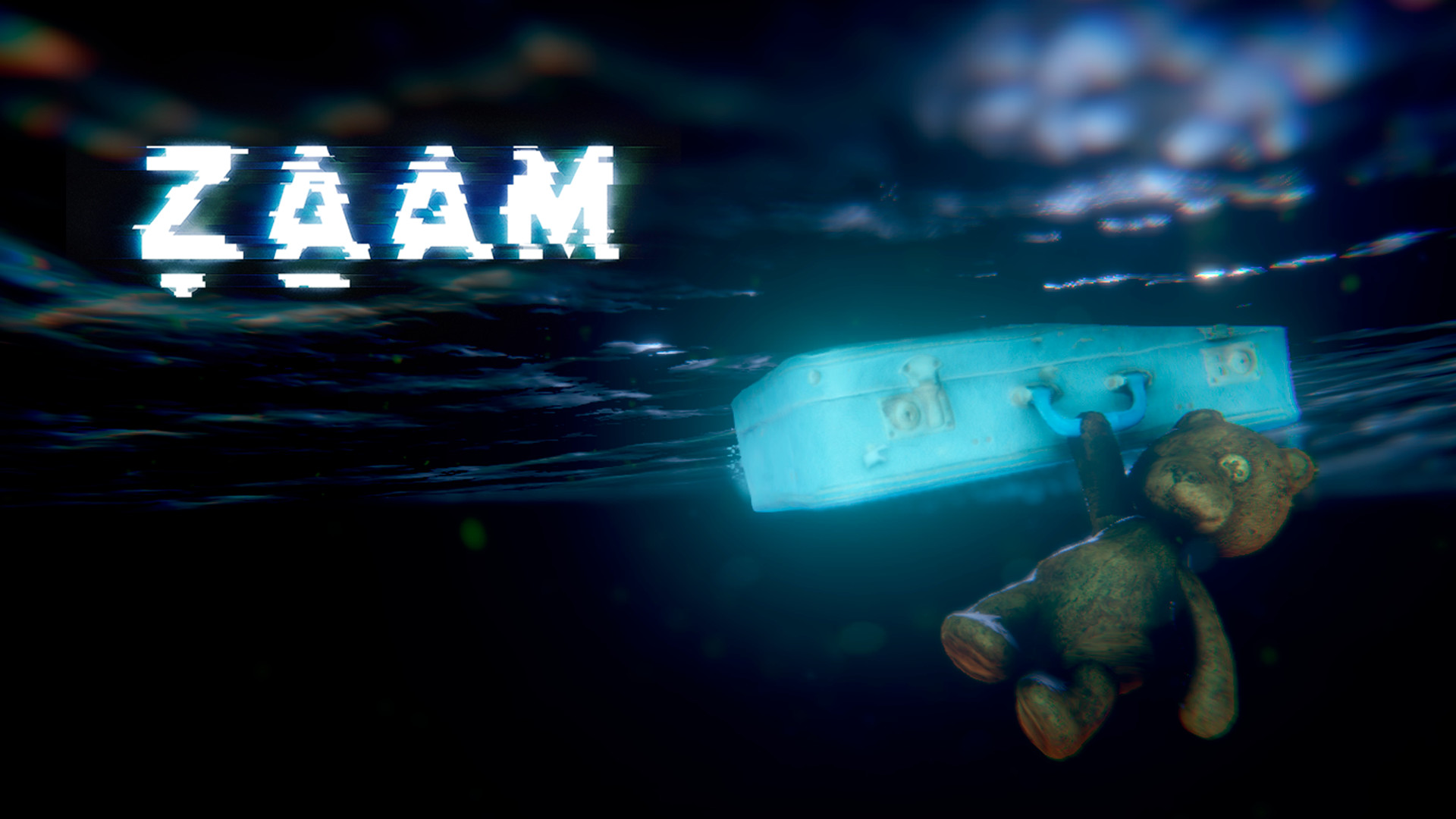Stories Untold Morse Code

Oz world radio. Show 'OZ Some Love! WWOZ is only alive and kickin' thanks to the generous support of you, our family of members. If you'd like to make a donation by phone, please call 1-877-907-6999. Support the music - join or renew today! Support an important American cultural asset and gain exposure. WWOZ is a listener-supported, non-commercial radio station for New Orleans and the surrounding community. Jazz, Blues, Latin, Cajun, Funk and more. WWOZ New Orleans 90.7 FM New Orleans music to the universe!
Jun 09, 2017 Devolver Digital, episode 3, GCS, Greenland, indie, morse code this has serious The Thing vibes, No Code, oh hey I can walk around this time, psychological horror, puzzle, Stories Untold, the station process, this reminds me of programming classes, WHAT WAS THAT ON THE ROOF, why is my microphone broken?, Windows. Morse code Case 3. Just completed the Chevron input and I'm sorry but no matter how hard I listen all the beeps sound the same and I can't.
THE STATIC SPEAKS MY NAME. A dark, sad, funny, weird 1st person exploration game in which you play as a man obsessed with the meaning behind a painting. More of a story game in that it emphasizes mood and character over gameplay. Features 3D computer graphics in hundreds of colors (blue and pink to name a few). Downloading the static speaks my name. Your download should begin in just a moment. The static speaks my name. A dark/sad/weird/funny first person exploration game. You play a man on his last night alive as he obsesses over a mysterious painting. More of a story game in that it emphasizes mood and character over gameplay. Takes ten minutes to play and has 'next-gen' features like a shrimp tank. The static speaks my name. A dark, sad, funny, weird 1st person exploration game in which you play as a man obsessed with the meaning behind a painting. More of a story game in that it emphasizes mood and character over gameplay. Features 3D computer graphics in hundreds of colors (blue and pink to name a few). 
Contents.Developed in the 1830s and 1840s by Samuel Morse (1791-1872) and other inventors, the telegraph revolutionized long-distance communication. It worked by transmitting electrical signals over a wire laid between stations. In addition to helping invent the telegraph, Samuel Morse developed a code (bearing his name) that assigned a set of dots and dashes to each letter of the English alphabet and allowed for the simple transmission of complex messages across telegraph lines. In 1844, Morse sent his first telegraph message, from Washington, D.C., to Baltimore, Maryland; by 1866, a telegraph line had been laid across the Atlantic Ocean from the U.S. Although the telegraph had fallen out of widespread use by the start of the 21st century, replaced by the telephone, fax machine and Internet, it laid the groundwork for the communications revolution that led to those later innovations. Early Forms of Long-Distance CommunicationBefore the development of the electric telegraph in the 19th century revolutionized how information was transmitted across long distances, ancient civilizations such as those in China, Egypt and Greece used drumbeats or smoke signals to exchange information between far-flung points. However, such methods were limited by the weather and the need for an uninterrupted line of sight between receptor points.
These limitations also lessened the effectiveness of the semaphore, a modern precursor to the electric telegraph. Developed in the early 1790s, the semaphore consisted of a series of hilltop stations that each had large movable arms to signal letters and numbers and two telescopes with which to see the other stations. Like ancient smoke signals, the semaphore was susceptible to weather and other factors that hindered visibility.
A different method of transmitting information was needed to make regular and reliable long-distance communication workable.